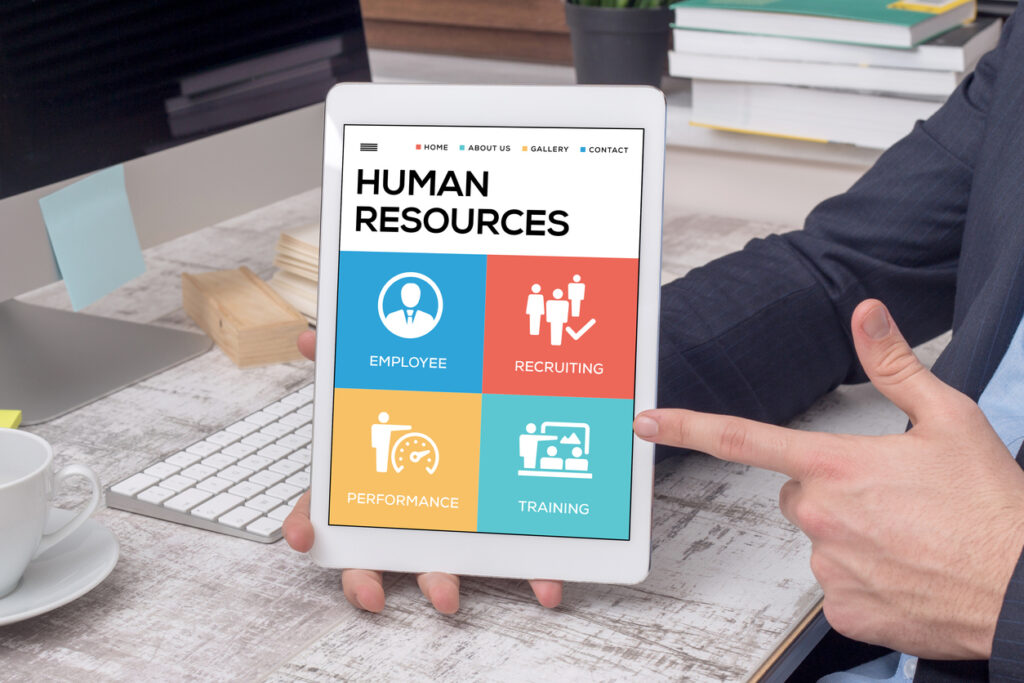As more employers realise the importance of designing experiences at work with the needs of the employee at the centre, we are starting to understand the potential contribution HR and company policy can have on employee wellbeing and performance. To explore this further, I had some secret conversations with HR, reward and wellbeing leaders from across the globe.
There is a growing distain for employee handbooks and the unnecessarily long and complex nature of them in a world where our attention spans are limited, and interpretation of rules is complicated.
What emerged was that too many organisations are over-engineering their HR policies. Instead of upholding a company’s values, too many regulations and too much detail in HR policies can actively damage culture.
Designing for bad apples
When we have policies and rules at work, it’s incredibly important that everyone understands why these policies are in place from a cultural perspective. This is more important than the policy itself because it allows managers to use their understanding of the individual to ascertain how the policy should be enforced.
Too many HR and company policies are overly restrictive. These policies are generally too paternal and attempt to control the behaviour of every employee in an attempt to reign in a few bad apples. In many of these cases, the person creating the policy is able to think of the person they are creating it for. It is this thinking – or lack thereof – that has prevented us from experimenting more widely with remote working, in my experience. The nervousness that some employees would abuse a new way of working held us back. Despite this, a year after a forced experiment in this (and a year when we gave employees a break and made some positive assumptions about our people and their motivations) we realised that employees aren’t all out to ‘get one over’ on their employers.
Less is more
Another common observation is that some policies are overly long and complex because we are trying to cover every eventuality. Shorter guidelines seem to be the way forward. You can find many HR handbooks online with lengthy and unnecessarily long-winded dress code policies. The $70 billion business GM showed how easily we could change that, however. They turned their ten-page dress code policy into two words: ‘dress appropriately’. This illustrates perfectly the fact that they trust the common sense of their people.
‘Less is more’ is a phrase the leaders I spoke to use a lot. There is a growing distain for employee handbooks and the unnecessarily long and complex nature of them in a world where our attention spans are limited, and interpretation of rules is complicated. Just like GM’s example above, I was told about Anixter, a company where the employee handbook had a lot of blank pages covering job descriptions and hierarchy. The theme of the handbook is very much ‘use your common sense’. My research into Anixter took me to its ‘blue book’.
Now in its 32nd printing, the book says that, “people is the first word in our business philosophy and the last”. It’s one of the best examples of an employee handbook I have ever seen and its free for everyone to download and read from their website.
The overwhelming advice from HR professionals I spoke to was to keep it simple. If it starts to hinder your employee experience, you need to balance your desire to have a policy in place with the negative impact it might have.
Job descriptions and performance management are often restrictive systems that harm or limit the wellbeing of employees.
The manager’s role in employee welfare
Employee performance is a key driver or organisational success. Organisations need to recognise and support the vital role that managers play in the employee experience as the primary representative of your company to most of your people. Every single manager should be clear that supporting the welfare of their team is a central part of their role. Now is the time we must start to really commit to that by ensuring it forms part of our managers’ job descriptions and performance management.
For decades job control and autonomy have been incredibly valued parts of the employee experience for most employees, and for managers in particular. Having discretion and a degree of control over how they perform their role can have major impact on employee wellbeing.
The famous Whitehall study is a great example of how increased stress and low job control can create very poor outcomes for employees. Organisations like Netflix and Patagonia are shining examples of where employers are fully aware that the managers’ function is to support their people’s roles, rather than dictate them.
It was noted in my conversations for this article that job descriptions and performance management are often restrictive systems that harm or limit the wellbeing of employees.
Empowered managers use their best judgment and adapt policies as needed to do what is right by them, their team and their customers.
Historically I’ve spoken at conferences about how the way we traditionally design experiences at work – whether that’s an employee benefits strategy or HR policy – tends to be on the basis that treating every employee the same is the fair thing to do. This rigidity does nothing to understand or cater for the complex nature of employees’ lives and our modern interactions.
We need to enable managers to understand why we have policies in place and what we are trying to accomplish with them. This is arguably more important than the policy itself. When managers understand this, their own discretion, empathy and understanding of the individual employee make for more effective policy enforcement, and a better experience for the employee.
Public relations
One of the biggest ways for us to understand whether our policy is too rigid or should be enforced at all, is to imagine what the public might think of it if an employee were to share their experience online. This is something Whole Foods became all too familiar with ten years ago when the firing of an employee for breaking its rules led to headline news around the world and a headache Whole Foods could have done without.
The then 57-year-old Ralph Reese was fired from Whole Foods for taking a tuna sandwich that was about to be thrown away. He didn’t end up eating it – it was taken from him and thrown away. Two days later he was dismissed. After having his day in court, judge William Badillo ruled that Reese didn’t eat the food without paying for it and didn’t take the food out of the store. He also said that, given the employee had no prior warnings, this was an isolated incident that shouldn’t have been classed as misconduct.
So, while the manager at Whole Foods was sticking by the rules, their inability to see Mr Reese as an individual, his prior performance, and with no clear understanding from all involved as to why the rule even existed, led to a PR nightmare that reached the pages of news outlets worldwide. Suddenly thousands of consumers weighed in on the decision, posting comments on social media and sharing the story widely. This was an absolute failure of company policy for all involved.
Rigid policies trap employees
The successful organisations of the future will be those that see employees more as creators, innovators and revenue generators, rather than just a cost to the organisation. These kinds of employers, who design the workplace around the needs of the employee, give their people room to move. Rigid, outdated policies trap employees like Mr Reese in an attempt to catch the few bad apples that exist in the organisation. These policies end up doing more to scare off and hamper the success of everyone else, rather than catch the bad apples.
Empowered managers use their best judgment and adapt policies as needed to do what is right by them, their team and their customers. There is clearly a fear factor at play here, however – some organisations think allowing managers discretion and control will lead to chaos and inconsistency. When managers have your trust and guidance, however, inconsistency should be commonplace. Why would you be treating all of your employees the same when they are so different?
For example, Joey Barge made UK headlines in 2017 when he was sent home from work for wearing shorts. We had a record heatwave and so he wore tailored shorts to work, not thinking this would be a problem, as women were allowed to wear dresses and skirts to keep cool during the heat. After being sent home, he returned to work wearing a dress. Point made, his company allowed him to wear shorts – but not before thousands of people and numerous news outlets shared his story online. Dress codes are just one example of a policy that can do more harm than good. It is not our place to tell any employee what they should be wearing to work.
The progression of our society is moving at such a huge pace that rigid, inflexible policies are bound to keep tripping us all up.
Do I really need a policy in this area?
This was suggested to me as a question that anyone making workplaces policies should ask themselves regularly. If the policy is being designed because of a single or few instances or employees in mind, it’s probably not worth the investment.
Generally speaking, there seem to be two types of policies at work: the ones we need for contractual or legal reasons, and the ones we can use to inspire people. The latter are the ones that make a real difference – they are culturally additive. They make the experience of work better, like global mobility, equality and inclusion, employee development, etc. Outside of these two, it’s likely you’ve been caught in some of the traps mentioned above – creating a lot of work for yourself just to deal with a tiny, infrequent issue.
[cm_form form_id=’cm_65a14c3f5da64′]
HR policies are like doughnuts
The employee experience is all about understanding your people and trusting them. If we don’t trust them to do the right thing, there is something seriously wrong with the way we hire. It’s also about understanding what they need, now and in the future, so they don’t go elsewhere for those things.
The progression of our society is moving at such a huge pace that rigid, inflexible policies are bound to keep tripping us all up unless we commit to treating every employee like the unique, amazing person they are and simply trusting them. If I’ve learned anything in my two decades working with HR, it’s that HR policies are like doughnuts – they have holes in them. The holes are where discretion should live.
Interested in this topic? Read HR policy: an efficient and fair way to write a company code of conduct.






